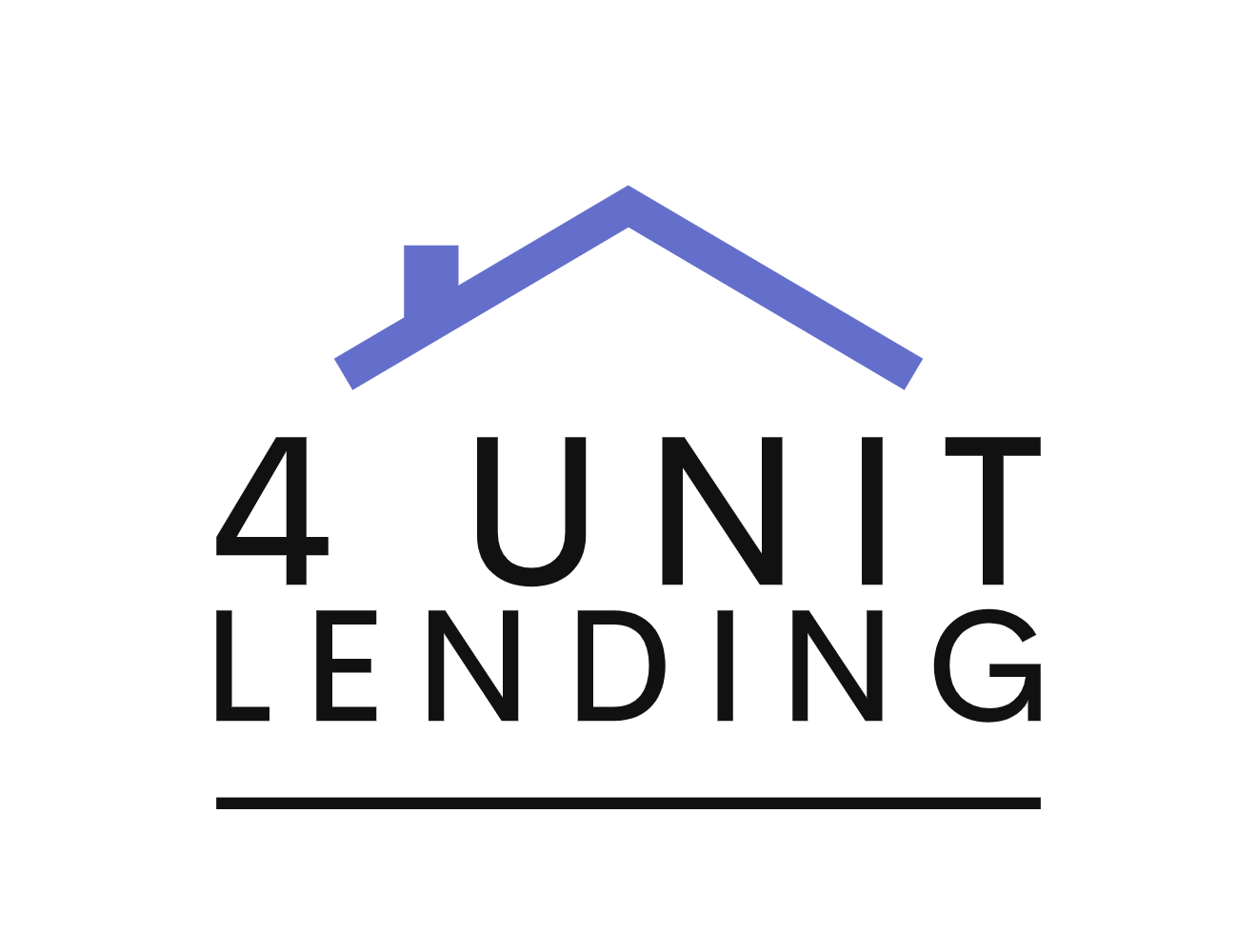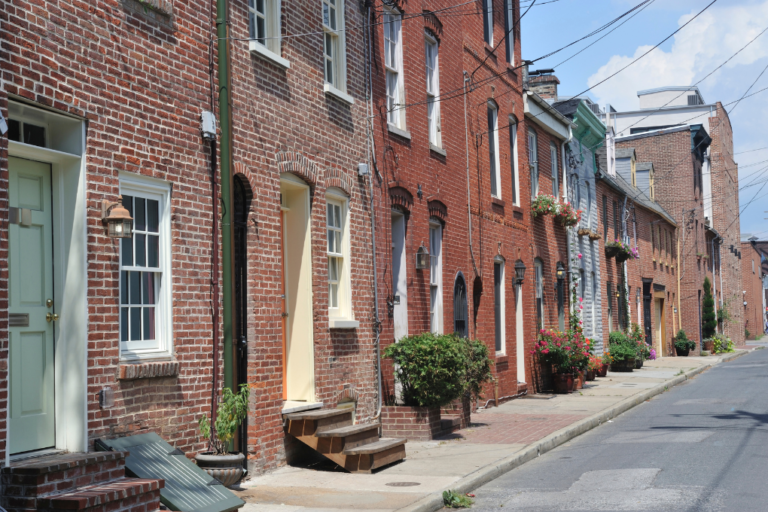As the affordable housing crisis continues to impact cities and towns across the United States, lawmakers are advancing a new policy that could open doors for real estate investors focused on community redevelopment.
The Neighborhood Homes Investment Act (NHIA) is a federal legislative proposal designed to bridge the financial gap that often prevents new investment in distressed housing markets. With growing support in Congress and increasing relevance to both private and nonprofit sectors, this act represents an opportunity to align financial returns with meaningful community impact.
What Is the NHIA and Who Can Use It?
The NHIA creates the Neighborhood Homes Credit, a federal tax incentive for building or rehabilitating affordable, owner-occupied homes. It applies in neighborhoods where low property values discourage conventional development or financing. In these areas, total costs: acquisition, rehab, and construction, often exceed what a finished home could sell for. This financial gap creates what’s known as an “appraisal gap,” which the credit aims to bridge.
The credit is not limited to homeowners. Real estate investors, builders, and developers are eligible to receive the tax credit after completing a project and selling the home to an eligible buyer who will live in the home. This ensures that private capital can enter historically disinvested markets without encouraging speculative ownership or rental conversion.
Eligible homebuyers must meet income limits, generally 140% of AMI, or 120% in designated communities. They must also occupy the home as their primary residence. The program enforces a five-year commitment to prevent early resale for profit. If buyers sell within that period, they must repay up to 50% of their gain. States place a lien on each property to ensure compliance, with repayment declining annually and phasing out after five years.
Why It’s Making Headlines Now
The NHIA has recently gained significant traction in Washington. As of April 10, 2025, the bill has secured more than 100 bipartisan co-sponsors, a clear indication of its broad political support.
Representatives Mike Kelly (R-PA) and John Larson (D-CT) reintroduced the bill in the House. Meanwhile, Senators Todd Young (R-IN) and Mark Warner (D-VA) plan to introduce a companion bill in the Senate. Senate Finance Chair Ron Wyden (D-OR) supports the legislation, adding weight to its progress. With Senator Tim Scott (R-SC) also on board, the bill continues to gain momentum among key lawmakers. The NHIA is now under serious consideration for inclusion in an upcoming comprehensive federal tax reform package.
This momentum makes the NHIA a focus of conversation not just among policymakers but also among impact investors, community developers, and housing-focused funds across the country.
What This Means for Real Estate Investors
The NHIA gives real estate professionals a clear, scalable framework for investing in historically overlooked neighborhoods. In many of these areas, traditional financing models simply don’t work. Investors often face acquisition, demolition, or renovation costs that far exceed the home’s potential sale price. Bringing a property up to modern standards adds even more financial strain. As a result, conventional lending often fails to make these projects feasible.
The NHC addresses that problem directly. After the developer or investor sells a qualifying home to an eligible owner-occupant, they can claim a federal tax credit. The credit applies for one year and equals the “value gap”—the difference between development costs and the sale price.
Let’s take a simplified example:
Property acquisition cost: $50,000Rehab and construction: $150,000Total development cost: $200,000Home sold to qualified buyer for: $160,000Value gap (NHC credit): $40,000
In practice, developers and investors can still generate solid returns on NHIA projects even when the numbers appear to break even on paper.
At first glance, the example above looks like a break-even deal. But if the developer earns a fee on the project, typically built into the budget and funded by the tax credit, they could walk away with profit. If they also act as the general contractor, they may capture additional construction margins or cost savings through bulk purchasing and in-house labor. Add in the potential for low-cost or donated land and portfolio-level efficiencies, and these projects can offer meaningful financial upside while revitalizing neighborhoods.
There are safeguards in place to ensure efficient use of public funds. Each project must meet minimum rehabilitation standards (at least $20,000 in rehab per unit), and states are directed to only allocate the amount of credit needed to make the project feasible. The credit cap is set at 40% of either the total development cost or 28% of the national median home price (whichever is less).
The Potential Economic and Housing Impact
If enacted, NHIA advocates estimate the legislation could help produce or rehabilitate over 500,000 homes nationwide over the next decade. In doing so, it could spur an estimated $125 billion in economic activity, create more than 800,000 jobs, and generate upwards of $35 billion in federal, state, and local tax revenue.
Additionally, the program has strong equity goals. States must allocate at least 60% of credits to census tracts that meet specific economic distress indicators, such as:
Median incomes at or below 80% of AMIHigh poverty rates (≥130% of the regional average)Home values below the median in their metro area
States also have the flexibility to allocate up to 20% of their credits to “locally designated communities”, which may not meet the default census criteria but have a significant need for revitalization.
Looking Ahead: Strategic Next Steps
Now is the time for investors to prepare. Identify eligible markets, follow your state’s Qualified Allocation Plan (QAP), and engage with housing agencies and partners to position for early access. Work with tax and legal advisors to structure compliant, profitable deals. The NHIA offers a unique opportunity to turn distressed properties into lasting homeownership, combining capital, community impact, and scalable potential.

